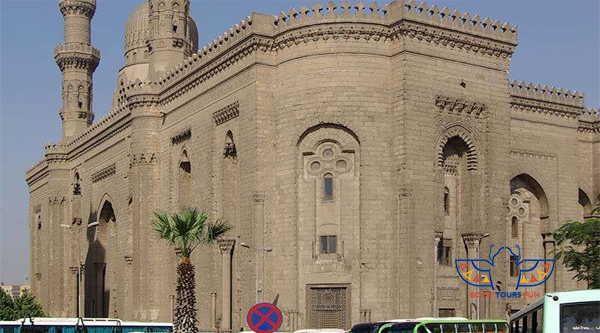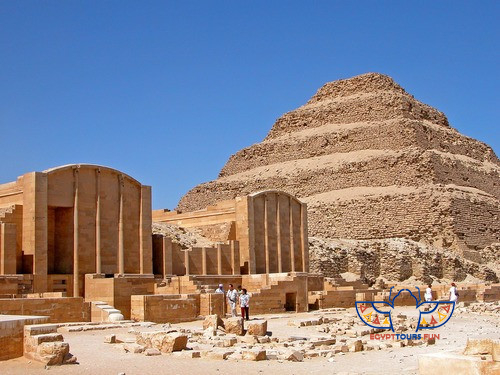Great Pyramid of Cheops: A Timeless Wonder of Ancient Egypt
 The Great Pyramid of Cheops, also known as the Pyramid of Khufu, is the crown jewel of Egypt’s Giza Plateau and the last surviving wonder of the ancient world. Standing tall for over 4,500 years, this architectural marvel continues to captivate travelers, historians, and archaeologists alike. If you’re planning a trip to Egypt, the Cheops Pyramid is a must-see destination that promises to leave you in awe of human ingenuity and ancient civilization.
The Great Pyramid of Cheops, also known as the Pyramid of Khufu, is the crown jewel of Egypt’s Giza Plateau and the last surviving wonder of the ancient world. Standing tall for over 4,500 years, this architectural marvel continues to captivate travelers, historians, and archaeologists alike. If you’re planning a trip to Egypt, the Cheops Pyramid is a must-see destination that promises to leave you in awe of human ingenuity and ancient civilization.
The History of the Great Pyramid of Cheops
Built during the Fourth Dynasty of the Old Kingdom (around 2580–2560 BCE), the Great Pyramid was constructed as a tomb for Pharaoh Khufu (Cheops in Greek). It is the largest of the three pyramids on the Giza Plateau and was the tallest man-made structure in the world for over 3,800 years. The pyramid’s construction remains a mystery, with theories ranging from advanced ancient technology to the use of massive labor forces.
Architectural Marvel: How Was It Built?
The Cheops Pyramid is a testament to ancient engineering brilliance. Originally standing at 146.6 meters (481 feet), it was constructed using an estimated 2.3 million limestone blocks, each weighing an average of 2.5 tons. The precision of its alignment with the cardinal points (north, south, east, and west) and the mathematical accuracy of its dimensions have baffled experts for centuries. Inside, the pyramid features a complex network of chambers, including the King’s Chamber, the Queen’s Chamber, and the Grand Gallery.
What to See Inside the Pyramid
Visitors to the Great Pyramid can explore its interior, though access is limited to preserve the structure. The King’s Chamber, located at the heart of the pyramid, houses a massive granite sarcophagus. The Grand Gallery, a steeply ascending corridor, is another highlight, showcasing the pyramid’s intricate design. While the Queen’s Chamber is smaller and less ornate, it adds to the pyramid’s enigmatic allure.
The Giza Plateau: More Than Just the Cheops Pyramid
The Great Pyramid of Cheops is just one part of the Giza Necropolis, a UNESCO World Heritage Site. Nearby, you’ll find the Pyramid of Khafre (Chephren) and the Pyramid of Menkaure, along with the iconic Sphinx. The Sphinx, a colossal limestone statue with the body of a lion and the head of a pharaoh, is believed to represent Khafre and guards the pyramids.
Tips for Visiting the Cheops Pyramid
Best Time to Visit: The cooler months (October to April) are ideal for exploring the Giza Plateau. Early morning or late afternoon visits offer milder temperatures and fewer crowds.
Guided Tours: Consider hiring a knowledgeable guide to gain deeper insights into the pyramid’s history and significance.
Dress Comfortably: Wear lightweight, breathable clothing and sturdy shoes, as you’ll be walking on uneven terrain.
Stay Hydrated: Bring plenty of water, especially during the hotter months.
Respect the Site: Help preserve this ancient wonder by not climbing on the stones or touching the interior walls.
Why the Cheops Pyramid Should Be on Your Bucket List
The Great Pyramid of Cheops is more than just a historical site; it’s a symbol of human achievement and a window into the past. Whether you’re a history enthusiast, an architecture lover, or simply a curious traveler, the pyramid offers an unforgettable experience. Its sheer scale, mysterious origins, and enduring legacy make it one of the most iconic landmarks in the world.
Plan Your Trip to Egypt Today
Ready to witness the grandeur of the Great Pyramid of Cheops? Book your Egypt tour now and explore the wonders of ancient civilization. From the bustling streets of Cairo to the serene sands of the Giza Plateau, Egypt promises an adventure like no other. Don’t miss the chance to stand in the shadow of history and uncover the secrets of the Cheops Pyramid.




